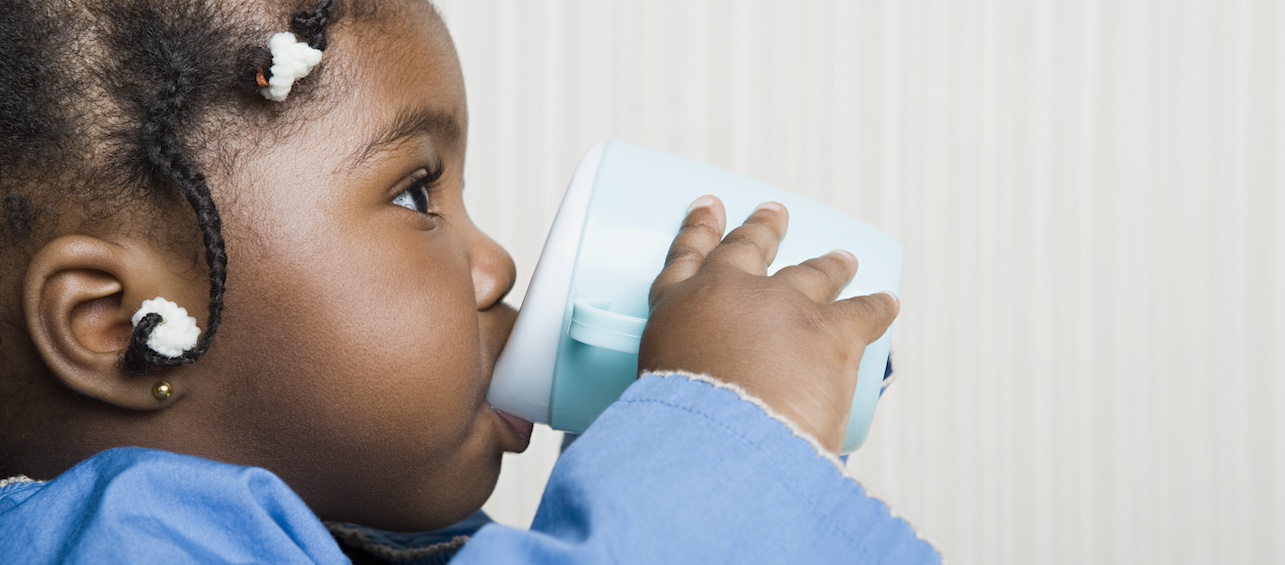Diet fads come and go — but for kids with epilepsy, the ketogenic (keto) diet is here to stay. In fact, it has been used as early as the 1920s to help kids with seizure control. Researchers don’t know exactly why it works, or why it only works for some kids with epilepsy and not others. Read on to learn more about this diet, and why it’s not yet recommended for kids without seizures.
7 Things To Know About the Ketogenic Diet for Kids
1. What Keto Is
Keto is a very high fat, low carb and adequate protein diet. For kids, our goal is for their fat intake to be so high that their bodies start to use fat sources as energy. This causes the body to produce ketones, and the presence of ketones may decrease seizure activity in some kids with epilepsy.
2. How it’s currently used in kids
Currently, our keto program at Cincinnati Children’s only uses keto as a nutritional therapy for kids with epilepsy. Research is being conducted to determine if it is an effective tool for kids with other conditions, such as autism, oncology, psychiatric disorders, etc.
3. Who should try keto
Keto is considered for kids when they’ve tried different epileptic medications without success. It is not used as a sole defense against epilepsy, but rather, a complement to medications. Keto works well for about a third of kids with epilepsy. And for that subset of kids, we consider it successful when it reduces their seizures by 50% or more. We don’t expect keto to eliminate all of their seizures. And for another third of kids, it doesn’t work at all. If kids do respond really well to the diet, our neurologists may try weaning them off of some of their medications.
4. Two types of keto diets
There are two types of keto diets that we use to treat kids with epilepsy here at Cincinnati Children’s. The first is called classic keto. This utilizes a ratio and involves the weighing of food on a gram scale. For example, if a patient is on a 1:1 ratio it means for every one gram of fat eaten, a child can have one gram of fat and protein combined. If kids tolerate that well, the ratio may be raised based on lab levels and seizure control. Typically, the highest ratio we’ll go up to is four grams of fat per one gram of carbohydrate and protein combined. This method requires careful planning and weighing with a gram scale. It’s really precise and kids have to finish every last bite of their meals. This type requires a short inpatient stay so that we can closely monitor several labs (see below).
The other type of keto diet is called the modified Atkins diet. This method is a little more lenient than classic keto. We’ll give kids a specific net carbohydrate limit within a 24-hour period. Usually, it’s around 15-30 grams of net carbs a day. We’ll still have families track and measure their food, but we won’t have them weigh it. Older kids often prefer this method because there is more flexibility in social settings, such as birthday parties.
5. Risks involved
There are a few risks involved with this diet, which is why it’s important for kids to be closely monitored. Kidney stones, dehydration, and constipation are all potential problems. In addition, we will monitor electrolytes, lipids, triglycerides, and additional nutritional markers at all outpatient appointments to make sure labs stay within normal limits.
6. Requirements before starting
We ask families to commit to the diet for three months, as it does not always work immediately. It also requires a lot of planning, especially for those on the classic version.
7. Talk to your medical provider first
For parents considering the keto diet for your kids, please talk with your medical provider first. It requires careful planning and monitoring to keep them safe and healthy. Find medical professionals, including dietitians, who are familiar with the diet and lab work.
To learn more about how we use the ketogenic diet to help treat kids with epilepsy, please call 513-636-4222 or fill out an online form.





